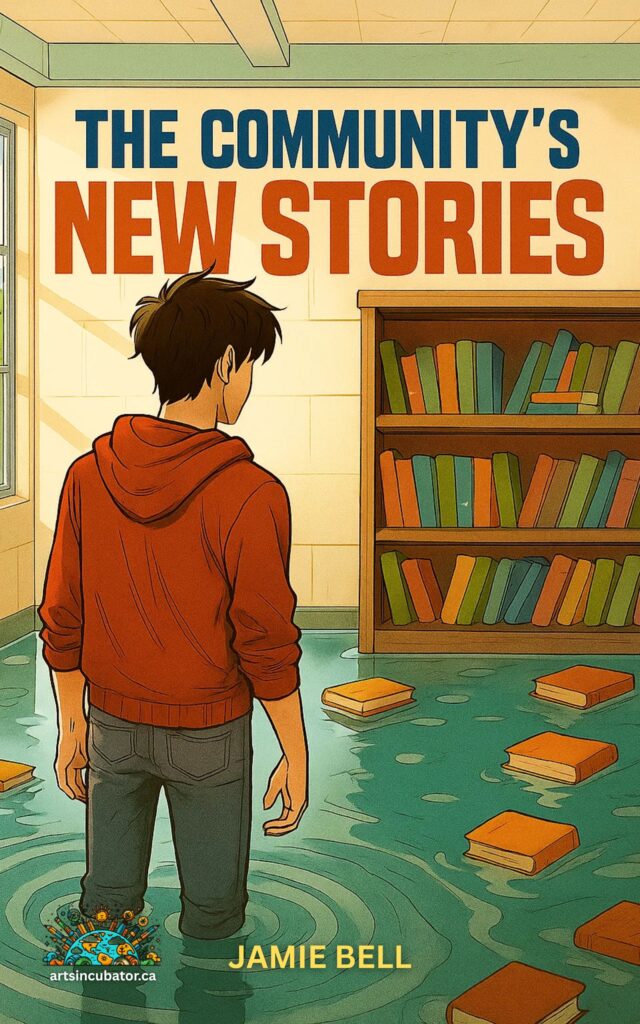
The next funding revolution empowers mission-driven groups to replace overhead with sustainable, self-running creative systems.
The Funding Revolution: Why Non-Profits Must Shift from Staff to Stack
Every grant cycle feels the same.
You gather your numbers, write your case, and hope someone funds the next six months of salaries. Then, almost as soon as the grant lands, the countdown begins again. Non-profits and arts collectives aren’t short on vision, they’re trapped in a system designed to keep them chasing survival instead of building capacity.
The flaw isn’t in the passion of the people. It’s in the economics of fixed cost: an outdated model where mission delivery depends entirely on paying a small group of humans, over and over, to hold the same roles in place.
But what if a single grant didn’t fund a position at all? What if it funded the system that permanently replaces an entire department—and sets the organization free from the cycle of precarity?
The Grant Paradox: Funding the Fire, Not the Bucket
For many, today’s non-profit funding model is a trap disguised as logic.
Organizations are asked to define their needs in units of labor: We need a Digital Content Manager—$75,000. We need an Admin Assistant—$50,000.
It makes sense on paper, but it’s financially lethal in practice. When the grant runs out, the cost remains. You’re left with a payroll liability that must be filled again next year, and the year after that. The organization is trapped in permanent fundraising mode—burning energy to keep the same structure afloat.
Enter the Sovereign Stack—a new model where creative, technical, and administrative functions are handled not by human specialists, but by low-cost, scalable systems. Think of it like paying a power bill instead of hiring an electrician full-time.
The strategy is simple but revolutionary: Fund the Stack, Not the Staff.
The Economic Power of Variable Cost
Fixed payrolls are the single greatest source of financial risk in the non-profit world. Salaries must be paid whether your project thrives or stalls. But with Sovereign Stack tools—AI orchestration, automated production pipelines, data management utilities—costs scale directly with activity. You only pay for what you use.
Imagine this:
An arts collective wants to launch a digital distribution platform for its artists.
| The Old Model | The New Model |
|---|---|
| Request: $100,000 for two staff roles—a Digital Strategist and a Production Assistant. | Request: $10,000 for two years of system utilities + $90,000 stipend for a Transversal Creator. |
| Risk: High. Once the money’s spent, the staff and the capacity disappear. | Risk: Low. The system becomes a permanent organizational asset, running indefinitely with minimal cost. |
| Output: A year of human-managed work that must be repeated. | Output: An automated, self-governing platform that scales mission impact without ongoing payroll. |
In short: the old model rents people; the new model builds infrastructure.
You’re buying the engine, not hiring the drivers.
Mission Before Maintenance
Once organizations decouple their capacity from fixed payrolls, something remarkable happens:
- The Administrative Burden Disappears. No more constant fundraising to sustain salaries. Funds flow directly into mission execution—youth programs, cultural preservation, artistic innovation.
- Financial Sovereignty Returns. Freed from dependency on restrictive grants or VC pressure, organizations can pursue long-term, high-risk, high-impact projects that don’t fit traditional funding models.
- Human Roles Evolve, Not Vanish. The staff that remain become higher-value thinkers—Transversal Creators who orchestrate systems rather than perform repetitive tasks. Their work becomes strategic, creative, and deeply human.
The result? Leaner, more resilient organizations that focus on outcomes, not overhead.
The Future: Building Endowments in Code
Foundations and boards must recognize that funding human headcount is not capacity-building—it’s maintenance. Real capacity comes from systems that outlive the grant cycle.
When an organization invests in its Sovereign Stack—its architecture of automation, distribution, and ethical governance—it gains something that every non-profit dreams of but few achieve: stability without dependency.
The next revolution in funding won’t come from bigger grants. It will come from smarter ones—those that fund the infrastructure of independence.





